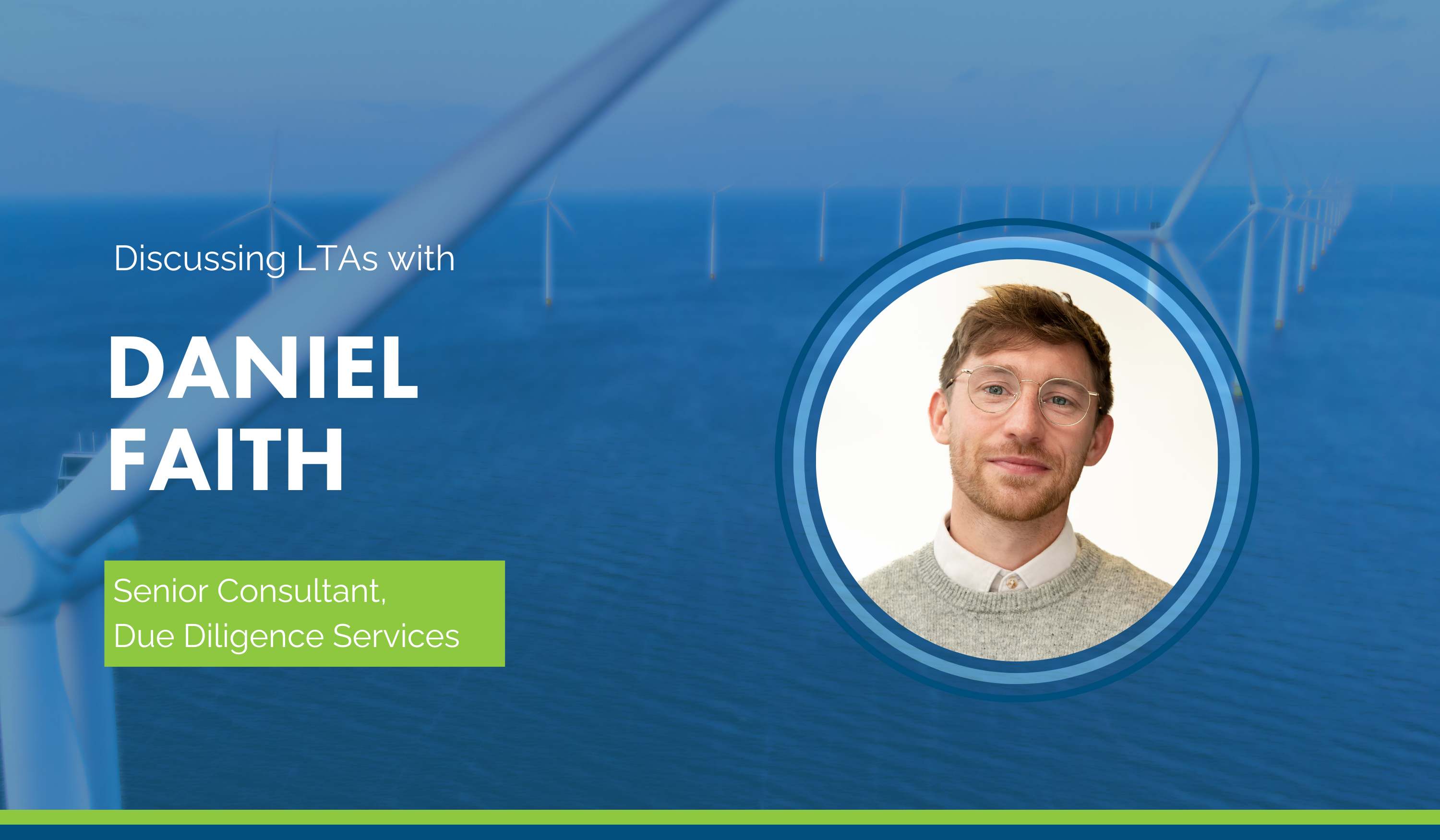
Maximising Wind Project Financing: The Vital Role of Technical Advisors
Offshore wind projects, irrespective of their scale and location, are inherently intricate. They involve a multitude of technical, financial, planning, and construction considerations, each with unique complexities that necessitate thorough scrutiny from financing parties. This scrutiny typically involves extensive due diligence conducted by third-party experts, covering technical, legal, environmental, social, and other verifications across all project facets.
For the technical side of things, a comprehensive review encompassing review of the project team's capabilities, technology suitability, certification standards, schedule robustness, contracts, project economics, and grid connection. The pivotal role in this process is played by Lenders' Technical Advisory (LTA) or Lenders' Engineers, who provide independent technical assessments to lenders for non-recourse financing.
Non-recourse financing involves providing debt directly to a project, repaid solely from the project's cash flow, without guarantees from the project's owners. This structure underscores the importance of robust technical due diligence to ensure the project's viability and creditworthiness in the complex landscape of offshore wind projects.
Understanding Lender’s Technical Advisor?
LTAs, or Lenders' Technical Advisors, play a crucial role as entities engaged by project sponsors to conduct comprehensive reviews of a project's technical aspects. Their mandate includes evaluating these aspects against industry standards for bankability, constructability, and operability, all of which are paramount for securing financing for wind farms. Given the complexity of offshore wind projects, particularly under non-recourse financing where lenders assume construction risks, the involvement of LTAs becomes even more critical for ensuring security.
The LTA process for an offshore wind farm typically spans over 1-2 years or more and entails thorough assessments of various elements. These include project design, suitability of technology (such as wind turbine generators, foundations, and electrical systems) for site conditions, construction planning, and identification of critical paths that could impact the entire project if delayed. They also take into account knock-on effects, buffers, fallback plans, and alternatives for different scenarios, conducting stress-testing and analysing applicable "what if" situations to ensure robustness.
Initially, LTAs conduct a bankability gap assessment, also known as a red flag review, to pinpoint areas requiring improvement or mitigation. Once project sponsors confirm readiness in technical documentation and planning, the LTA proceeds with a bank launch review. This review is pivotal for introducing the project to potential banks, highlighting strengths, addressing concerns, and outlining mitigation plans.
As the project advances and lenders' syndicates are finalized, the LTA engages directly with lenders to progress the due diligence process. They take into consideration lenders' requirements and specific risk concerns, ensuring a thorough evaluation of the project's creditworthiness from the lenders' perspective. Acting as a vital link between sponsors and lenders, the LTA enhances transparency and instils confidence in the project's technical robustness.
Adapting to Changing Dynamics
Non-recourse financing typically results in higher costs for construction contracts compared to those managed by balance sheet investors. This is due to banks demanding stronger warranties and commitments from contractors, with project management costs explicitly assigned to the project instead of being vaguely included in sponsors' internal costs. Lenders also exercise greater scrutiny and influence over contract structuring. Recent challenges in the supply chain, along with new risks arising from market dynamics, have made it challenging for developers to secure commercial terms that lenders previously accepted. Consequently, project development stages have adapted to meet these new lending requirements, now considered standard.
Historically, projects entered the LTA phase upon achieving bankability, with all necessary documentation in place. However, in today's capital-constrained environment, developers often lack initial funding for construction and engage with lenders at an early stage. This presents a challenge as many projects lack the comprehensive documentation required to meet lender criteria and access funding. In this evolving landscape, LTA teams intervene when designs are not finalized, and contracts are in the early negotiation phase. This intervention ensures that every element of the project is considered bankable, a practice consistently implemented by the K2 Management team.
In previous projects, K2 Management’s LTA team has navigated offshore projects with a multitude of risks. For example, one European project required a comprehensive risk assessment, but the measurement method used was not industry standard. Through diligent efforts, the team redirected the risk assessment, aligning stakeholders' approach with PMI practices. This resulted in a more accurate risk assessment, providing appropriate recommendations for additional CAPEX to accommodate unforeseen scenarios, thereby strengthening the project’s overall financial plan.
Bringing Value Through Experience
At K2M, our LTA team places paramount emphasis on directly engaging with project sponsor’s teams, ensuring that analysts do not assume a peripheral role as mere outsider or auditor, but rather as a collaborative partner alongside project teams sat at the heart of operations. With an ability to be pragmatic, plus our deep appreciation of perceived risk versus real risk in technology and design concepts, we aim to bridge gaps in scenarios where local regulations and frameworks are still evolving or in nascent stages of development at early stages of the financing process.
With this panoramic international outlook and seasoned experience, we adeptly discerns the diverse requirements of lenders across different geographical regions. Drawing from our extensive experience, we possess an in-depth understanding of the distinct lending criteria and risk appetite of commercial banks and multilateral development institutions. Our flexibility allows us to tailor project scopes to meet specific needs and ensure alignment with lender criteria.
We acknowledge the intricate timelines and dynamic nature of due diligence exercises. Our agile approach ensures seamless synchronization with these complexities, empowering our clients to effectively navigate and fulfill transaction targets.
With experience on over 2,000 global offshore wind projects, our LTA team is highly experienced with access to unrivalled knowledge and resources from our international pool of talent and expertise.
Written by Daniel Faith, Senior Consultant from our Due Diligence Services team. For more information about our Lender’s Technical Advisor services, please click here:

